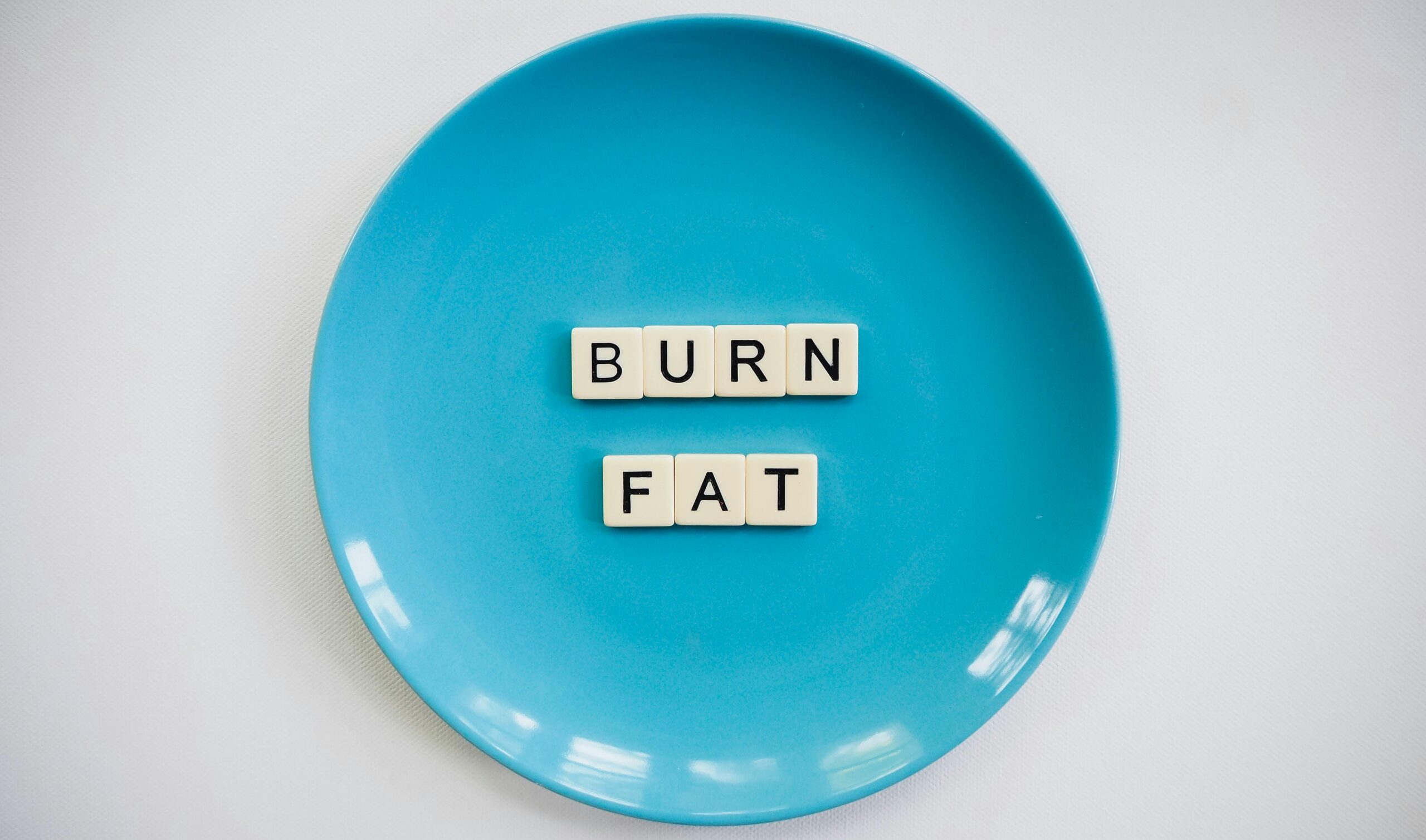High-Intensity Interval Training (HIIT): Maximizing Fitness in Minimal Time
High-intensity interval training (HIIT) has surged in popularity as a time-efficient workout strategy that promises significant health benefits. By alternating short bursts of maximal effort with periods of rest or low-intensity recovery, HIIT challenges both aerobic and anaerobic systems, making it a versatile option for improving cardiovascular health, burning fat, and building endurance. Unlike traditional steady-state cardio, HIIT’s appeal lies in its adaptability—it can be tailored to fitness levels and requires minimal equipment. However, its effectiveness hinges on proper execution and understanding its physiological impacts. This article explores the science behind HIIT, its benefits compared to other training methods, practical routines for different fitness levels, and key considerations to avoid injury and optimize results.
The Science Behind HIIT’s Efficiency
HIIT’s effectiveness stems from its ability to elevate the body’s metabolic rate long after the workout ends—a phenomenon known as excess post-exercise oxygen consumption (EPOC). During intense intervals, muscles deplete glycogen stores and accumulate metabolic byproducts, forcing the body to work harder during recovery to restore balance. Studies show this “afterburn effect” can increase calorie burning by up to 15% for 48 hours post-workout. Additionally, HIIT stimulates mitochondrial biogenesis, enhancing the muscles’ energy production capacity. This dual impact on metabolism and cellular adaptation explains why HIIT often outperforms moderate-intensity exercise in fat loss and endurance gains.
Physiological Benefits Beyond Weight Loss
While fat loss is a common goal, HIIT offers broader health advantages. Research links HIIT to improved cardiovascular health, including reduced blood pressure and increased VO2 max—a key marker of aerobic fitness. It also enhances insulin sensitivity, making it valuable for managing type 2 diabetes. Unlike steady-state cardio, which may break down muscle tissue, HIIT’s explosive movements promote muscle retention and even hypertrophy when combined with resistance exercises. Furthermore, HIIT triggers the release of endorphins and growth hormones, supporting mental well-being and recovery.
HIIT vs. Steady-State Cardio: A Balanced Comparison
HIIT is often pitted against steady-state cardio, but both have unique roles. A 20-minute HIIT session can match the calorie burn of a 40-minute jog, but its intensity increases injury risk if overused. Conversely, steady-state cardio is sustainable for longer durations, making it ideal for building aerobic base endurance. For optimal fitness, experts recommend combining both methods: HIIT for efficiency and metabolic boosts, and low-intensity sessions for active recovery and endurance. The key is aligning the choice with individual goals, such as fat loss (HIIT) versus marathon training (steady-state).
Designing an Effective HIIT Routine
A successful HIIT workout balances intensity, duration, and recovery. Beginners might start with a 2:1 rest-to-work ratio (e.g., 30 seconds of sprinting followed by 60 seconds of walking), progressing to 1:1 as fitness improves. Exercises can include bodyweight movements (burpees, jump squats), cycling, or rowing. To prevent plateaus, vary intervals weekly and incorporate strength-based HIIT (e.g., kettlebell swings). Always prioritize form over speed—sacrificing technique for intensity increases injury risk. Aim for 2–3 sessions weekly, allowing 48 hours between workouts to avoid overtraining.
Common Mistakes and Safety Considerations
Despite its benefits, HIIT can backfire if misapplied. Overtraining is a frequent issue, as the adrenaline rush masks fatigue, leading to burnout or injury. Avoid exceeding four sessions weekly and balance HIIT with mobility work. Skipping warm-ups is another pitfall—dynamic stretches and light cardio prepare muscles for explosive efforts. Lastly, HIIT isn’t universally suitable; individuals with heart conditions or joint issues should consult a physician. Modifications, like low-impact intervals, can make HIIT accessible while preserving its benefits.
In Conclusion: Balancing Intensity and Sustainability
HIIT revolutionized fitness by proving that shorter, smarter workouts can yield transformative results. Its science-backed benefits—from EPOC-driven fat loss to cardiovascular improvements—make it a powerful tool, but success depends on strategic implementation. By balancing intensity with adequate recovery, tailoring routines to individual needs, and avoiding common pitfalls, HIIT can enhance both physical performance and long-term health. Whether you’re a time-crunched professional or an athlete seeking an edge, HIIT offers a flexible path to achieving your goals. Always prioritize safety, listen to your body, and consider consulting a fitness professional to design a sustainable program.
